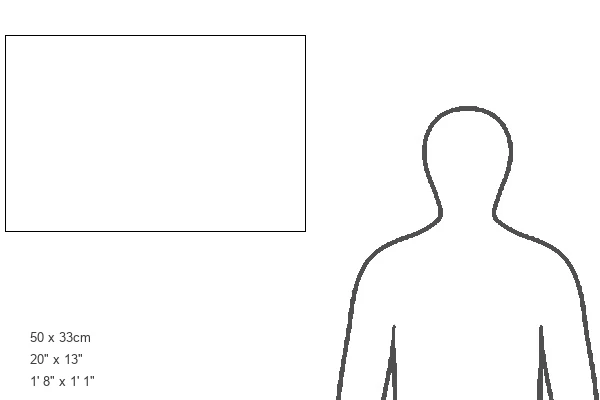Tote Bag : Salivary gland, light micrograph
![]()

Home Decor from Science Photo Library
Salivary gland, light micrograph
Salivary gland. Coloured light micrograph of a section through a sublingual salivary gland, which is situated directly under the tongue. The gland is divided into numerous lobules by stretches of connective tissue (white). The lobules contain secretory cells (green, pink) that produce the main components of saliva, including mucous to lubricate the mouth and enzymes to break down carbohydrates when chewing food. Magnification: x80 when printed 10cm wide
Science Photo Library features Science and Medical images including photos and illustrations
Media ID 6422612
© STEVE GSCHMEISSNER/SCIENCE PHOTO LIBRARY
Cellular Connective Tissue Cross Section Enzymes Exocrine Gland False Colour Histological Histology Lubricant Lubricating Mouth Mucous Mucus Physiology Saliva Salivary Salivary Gland Secretion Secretory Slice Submaxillary Tissue Transverse Cells False Coloured Light Micrograph Light Microscope Section Sectioned
Canvas Tote Bag
Our tote bags are made from soft, durable, poly-poplin fabric and include a one inch (2.5cm) black strap for easy carrying on your shoulder. All seams are double-stitched for added durability. Each tote bag is machine-washable in cold water and is printed on both sides using the same image. Approximate size of bag is 50x33cm (20"x13")
Our tote bags are made from soft durable fabric and include a strap for easy carrying
Estimated Product Size is 50cm x 32.7cm (19.7" x 12.9")
These are individually made so all sizes are approximate
EDITORS COMMENTS
This vibrant and detailed print showcases a cross section of a sublingual salivary gland, located just beneath the tongue. The intricate network of connective tissue, depicted in white, divides the gland into numerous lobules. These lobules are home to secretory cells that play a crucial role in saliva production. The false coloring technique used in this light micrograph highlights the main components of saliva produced by these cells. The green and pink hues represent mucous and enzymes respectively. Mucous serves as a lubricant for our mouths while we chew food, ensuring smooth movement and preventing discomfort. Enzymes aid in breaking down carbohydrates during digestion. With a magnification of x80 when printed at 10cm wide, this image offers an up-close look at the cellular structure within the salivary gland. Its biological significance lies not only in its ability to produce saliva but also its contribution to pre-digestion processes. This photograph provides valuable insights into healthy anatomy and physiology. It is an excellent resource for those studying biology or interested in understanding the intricacies of human body systems such as exocrine glands like salivary glands.
MADE IN THE UK
Safe Shipping with 30 Day Money Back Guarantee
FREE PERSONALISATION*
We are proud to offer a range of customisation features including Personalised Captions, Color Filters and Picture Zoom Tools
SECURE PAYMENTS
We happily accept a wide range of payment options so you can pay for the things you need in the way that is most convenient for you
* Options may vary by product and licensing agreement. Zoomed Pictures can be adjusted in the Basket.



